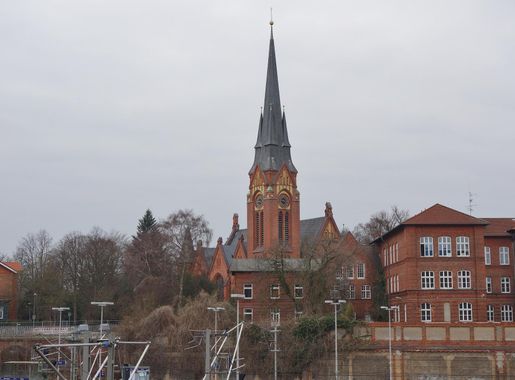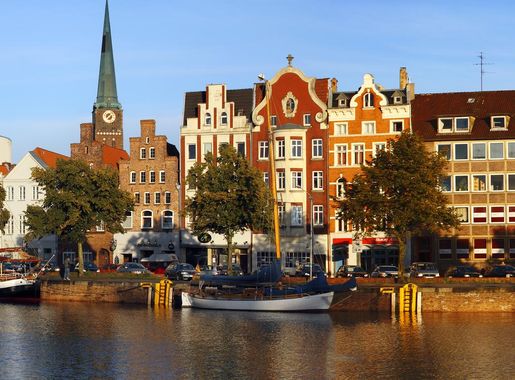
Exploring the Timeless Charm of St. Lorenz in Lübeck
Discover the enchanting blend of medieval history, cultural richness, and culinary delights in the picturesque neighborhood of St. Lorenz in Lübeck, Germany.
Located just west of Lübeck’s historic Old Town, St. Lorenz offers a unique blend of medieval charm and modern conveniences. This neighborhood is named after the ancient St. Lorenz Church, a stunning architectural marvel that stands as a testament to the city’s rich history. Visitors will be enchanted by the cobblestone streets, half-timbered houses, and the picturesque Trave River that winds through the area. St. Lorenz is not just a feast for the eyes; it’s a cultural haven. The neighborhood is home to several museums, art galleries, and theaters that provide a deep dive into Lübeck’s storied past. The Holstentor, Lübeck’s iconic city gate, is a must-visit landmark that dates back to the 15th century and offers fascinating exhibitions on the city’s medieval and Hanseatic history. For those who enjoy leisurely strolls, the lush gardens and parks scattered around St. Lorenz provide the perfect setting. Culinary delights abound in St. Lorenz, with a variety of restaurants and cafes offering everything from traditional German fare to international cuisine. Don’t miss the chance to try Lübeck’s famous marzipan, available in charming confectioneries throughout the neighborhood. Whether you’re a history buff, an art lover, or a foodie, St. Lorenz in Lübeck has something to captivate every traveler.
Local tips in St. Lorenz
- Visit the St. Lorenz Church early in the morning to avoid crowds and enjoy the serene atmosphere.
- Take a guided tour of the Holstentor to get an in-depth understanding of Lübeck’s medieval history.
- Try Lübeck’s famous marzipan at Niederegger Café, a local institution.
- Explore the parks along the Trave River for a peaceful afternoon.
- Check the local event calendar for art exhibitions and theater performances during your stay.
Exploring the Timeless Charm of St. Lorenz in Lübeck
Located just west of Lübeck’s historic Old Town, St. Lorenz offers a unique blend of medieval charm and modern conveniences. This neighborhood is named after the ancient St. Lorenz Church, a stunning architectural marvel that stands as a testament to the city’s rich history. Visitors will be enchanted by the cobblestone streets, half-timbered houses, and the picturesque Trave River that winds through the area. St. Lorenz is not just a feast for the eyes; it’s a cultural haven. The neighborhood is home to several museums, art galleries, and theaters that provide a deep dive into Lübeck’s storied past. The Holstentor, Lübeck’s iconic city gate, is a must-visit landmark that dates back to the 15th century and offers fascinating exhibitions on the city’s medieval and Hanseatic history. For those who enjoy leisurely strolls, the lush gardens and parks scattered around St. Lorenz provide the perfect setting. Culinary delights abound in St. Lorenz, with a variety of restaurants and cafes offering everything from traditional German fare to international cuisine. Don’t miss the chance to try Lübeck’s famous marzipan, available in charming confectioneries throughout the neighborhood. Whether you’re a history buff, an art lover, or a foodie, St. Lorenz in Lübeck has something to captivate every traveler.
Iconic landmarks you can’t miss
Museum Holstentor
Explore the historic Museum Holstentor in Lübeck, a UNESCO World Heritage site showcasing the city’s rich maritime heritage and stunning medieval architecture.
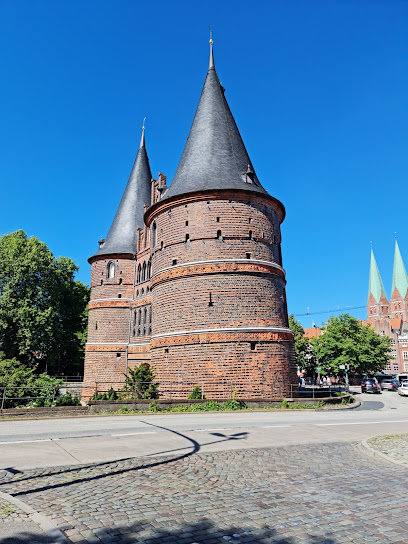
Holstentor square
Experience the historic charm of Holstentor Square in Lübeck, a stunning landmark and park perfect for exploring, relaxing, and capturing memorable photos.
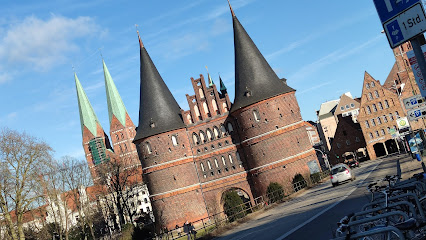
Lübeck Cathedral
Explore the breathtaking Lübeck Cathedral, a Gothic architectural marvel and a serene sanctuary steeped in history and art.
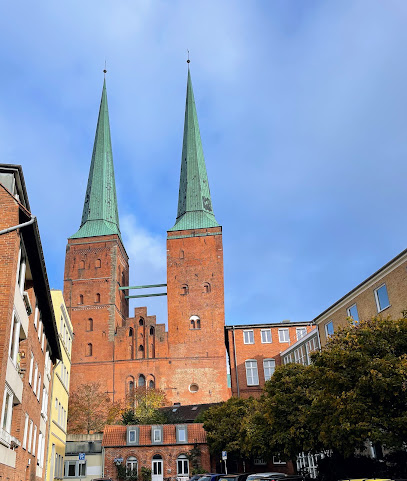
Salzspeicher
Explore the Salzspeicher in Lübeck, a historic landmark reflecting the rich maritime heritage and architectural beauty of the Hanseatic League.
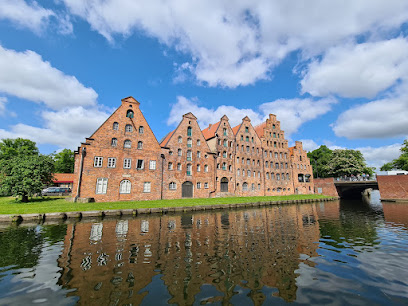
Füchtingshof
Discover the serene beauty of Füchtingshof in Lübeck, a historic attraction perfect for leisurely exploration and cultural immersion.
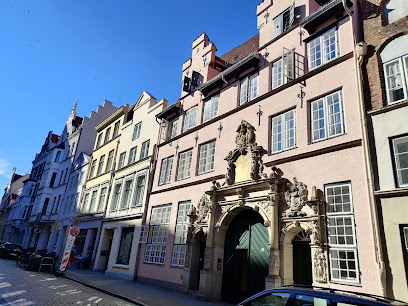
Church of St. Lawrence
Discover the architectural beauty and historical significance of the Church of St. Lawrence, a cherished landmark in Lübeck's historic district.
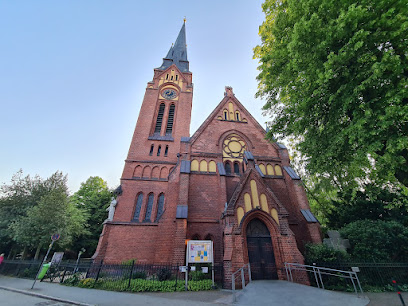
Bismarckdenkmal
Discover the Bismarckdenkmal in Lübeck, a historical landmark celebrating the legacy of Otto von Bismarck amidst serene gardens.
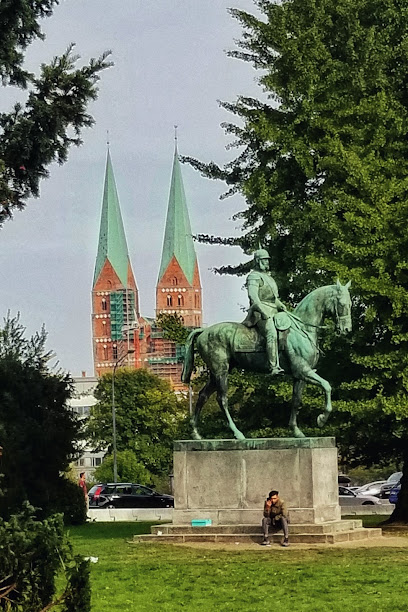
Stadtgraben
Experience the tranquility of Stadtgraben, Lübeck's serene state park, where nature and history intertwine for the perfect urban escape.
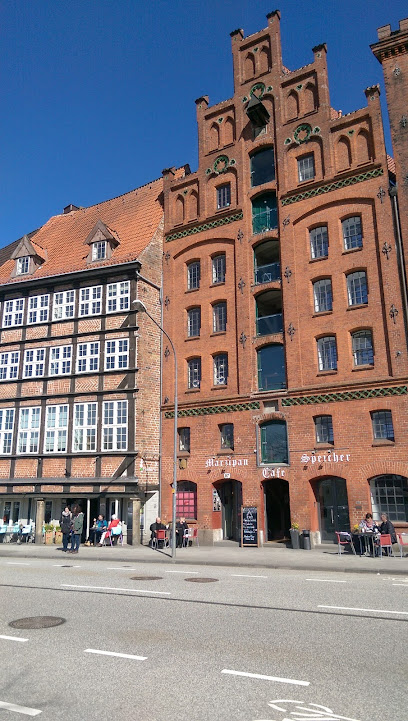
Historischer Güterbahnhof
Explore the Historischer Güterbahnhof, a stunning historical landmark in Lübeck, rich in heritage and architectural beauty, perfect for history lovers.
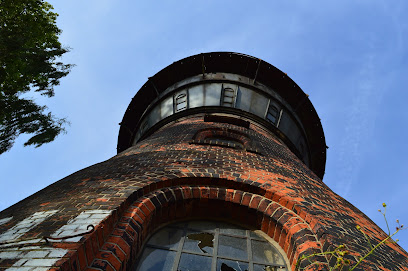
St. Lorenz Grünanlage
Explore the serene beauty of St. Lorenz Grünanlage, a lush urban park in Lübeck perfect for relaxation, picnics, and enjoying nature's tranquility.

Unmissable attractions to see
Holstentor square
Discover the historic Holstentor Square in Lübeck, a captivating blend of architectural beauty and serene park settings, perfect for every traveler.
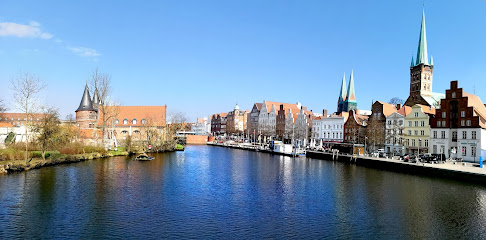
Lübeck Cathedral
Discover the breathtaking Lübeck Cathedral, a masterpiece of Gothic architecture and a vital piece of Lübeck's rich cultural heritage.

Museumshafen Lübeck
Discover Lübeck's maritime history at Museumshafen, a charming open-air museum filled with historic ships and scenic waterfront views.
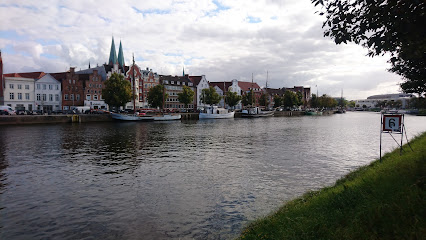
Hansestadt Lübeck Bronze
Experience the historical allure of Hansestadt Lübeck Bronze, a symbol of Lübeck’s rich cultural heritage and artistic legacy in Germany.
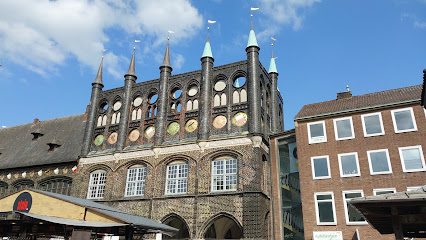
Historischer Güterbahnhof
Explore Lübeck's Historic Güterbahnhof, a beautifully preserved landmark that reflects the city's rich industrial heritage and vibrant cultural scene.
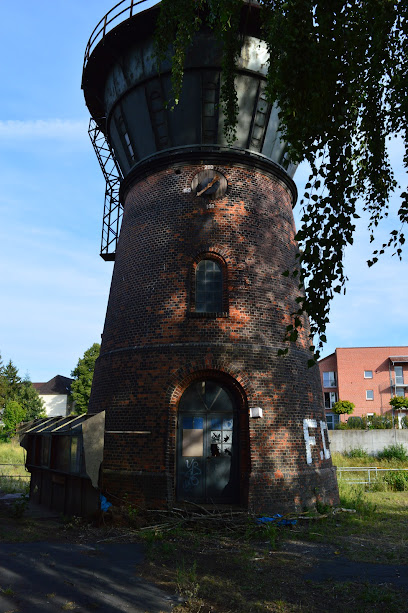
Ehemaliges Spinnhaus
Explore the historical charm of Ehemaliges Spinnhaus in Lübeck, a captivating attraction steeped in the city's rich textile heritage and architectural beauty.
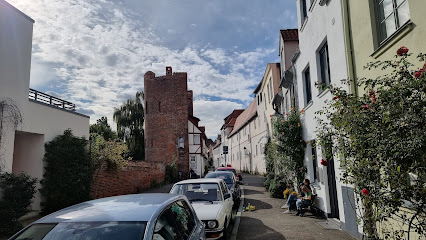
St. Lorenz Grünanlage
Experience nature's tranquility at St. Lorenz Grünanlage, a serene park in Lübeck perfect for relaxation and family outings.

Essential places to dine
Schiffergesellschaft
Discover the rich flavors of traditional German cuisine at Schiffergesellschaft in Lübeck's historic Altstadt.
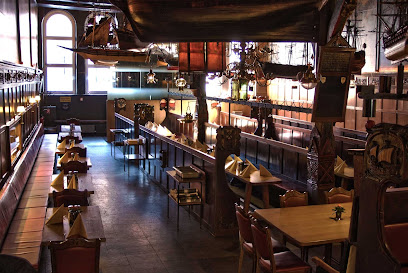
Fangfrisch
Experience Lübeck's rich maritime flavors at Fangfrisch – where fresh seafood meets delightful dining.
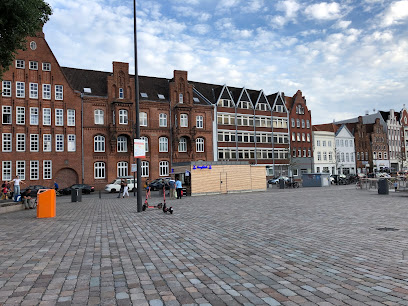
Lübecker Kartoffelkeller
Discover authentic German cuisine at Lübecker Kartoffelkeller - where tradition meets flavor in the heart of Lübeck.
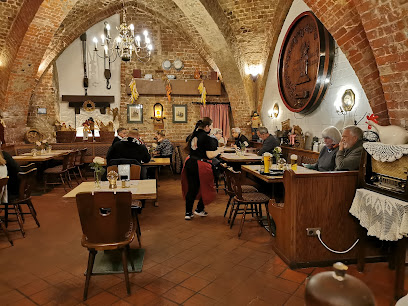
Ratskeller zu Lübeck
Discover authentic German flavors at Ratskeller zu Lübeck in the heart of Lübeck's historic old town.
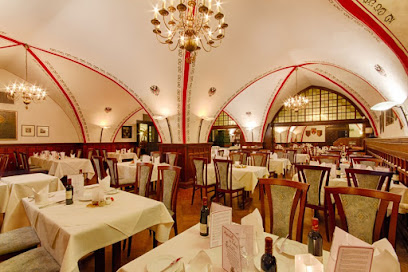
Potters Restaurant
Discover authentic German flavors at Potters Restaurant in Lübeck's charming old town, where quality meets tradition in every dish.
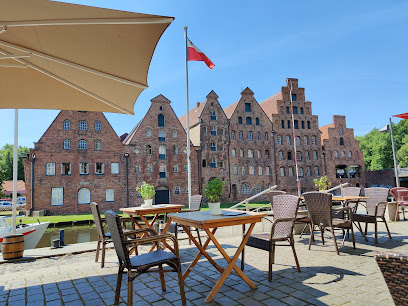
Kartoffelspeicher
Discover authentic German cuisine at Kartoffelspeicher in Lübeck - where tradition meets taste in a cozy riverside setting.
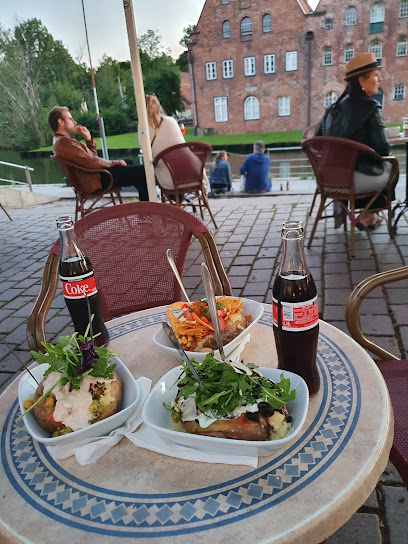
Restaurant Lübke's Speicher - Lübeck
Experience authentic German cuisine at Lübke's Speicher in Lübeck, where every dish tells a story and every meal is a celebration.
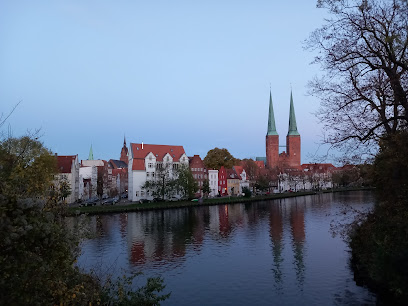
Restaurant Schlumachers
Discover Restaurant Schlumachers: A delightful blend of tradition and innovation in Lübeck's charming Altstadt.
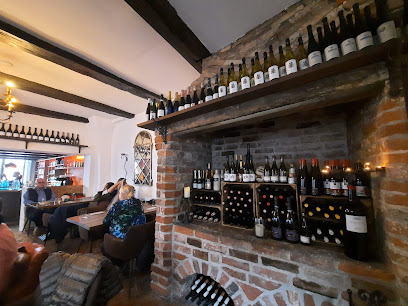
Meilenstein Restaurant & Bar - Lübeck
Discover exquisite German cuisine at Meilenstein Restaurant & Bar in Lübeck – where tradition meets culinary innovation.
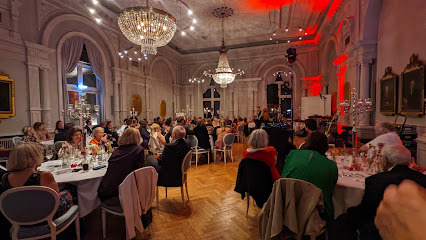
Das Kleine Restaurant
Experience authentic German cuisine at Das Kleine Restaurant in Lübeck - where tradition meets taste in a cozy atmosphere.
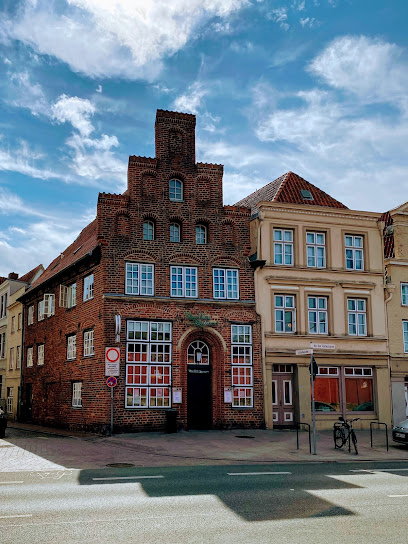
Markets, malls and hidden boutiques
Lichthof Lübeck
Discover Lichthof Lübeck, where modern shopping meets the historical charm of Lübeck, offering a unique retail experience for every traveler.
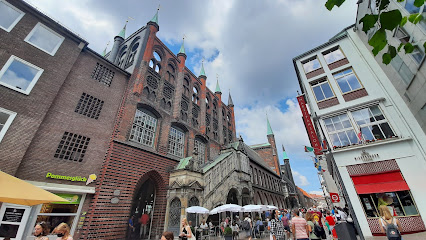
KULT
Explore contemporary fashion at KULT in Lübeck, a must-visit clothing store for stylish men's and women's apparel amidst historic charm.
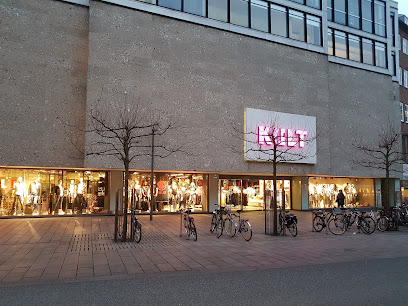
KiK Lübeck St. Lorenz Süd
Experience affordable fashion and home essentials at KiK Lübeck St. Lorenz Süd, your go-to shopping destination in Lübeck.
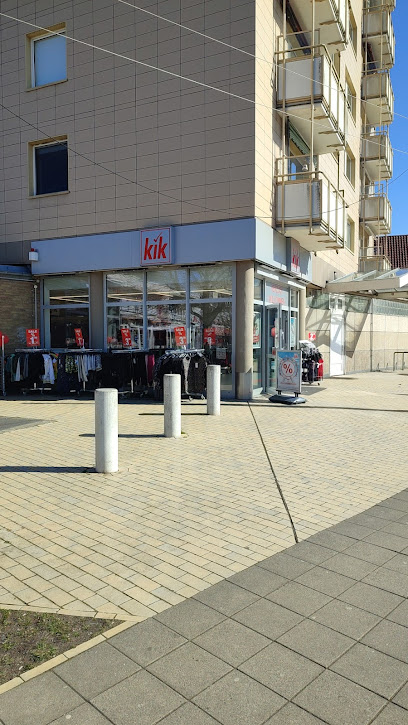
Between
Explore the vibrant fashion scene at Between in Lübeck, where style meets quality in a charming historical setting.
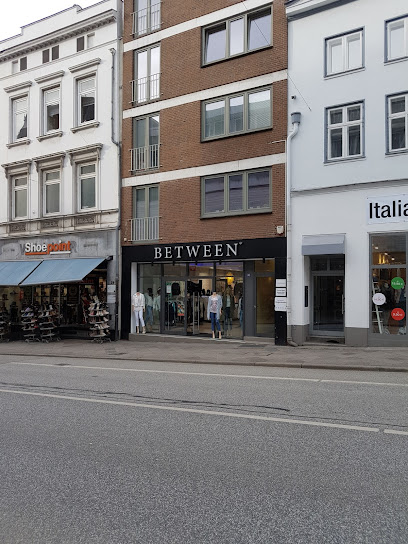
KiK Lübeck St. Lorenz Nord
Explore KiK Lübeck St. Lorenz Nord for affordable fashion, including clothing for men, women, and children, plus home goods in a family-friendly atmosphere.
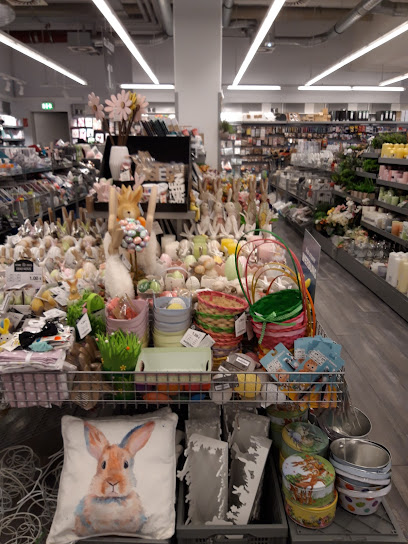
Lübeck Laden
Explore Lübeck Laden for unique souvenirs and local crafts that embody the charm of Lübeck's historic Altstadt.
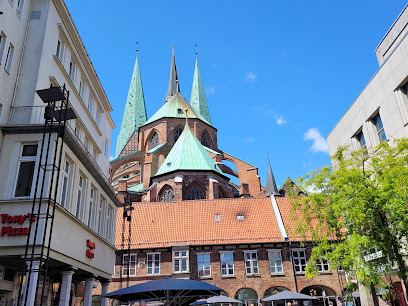
Elfenreich
Experience the essence of Lübeck's fashion scene at Elfenreich, where style meets local charm in exquisite clothing selections.
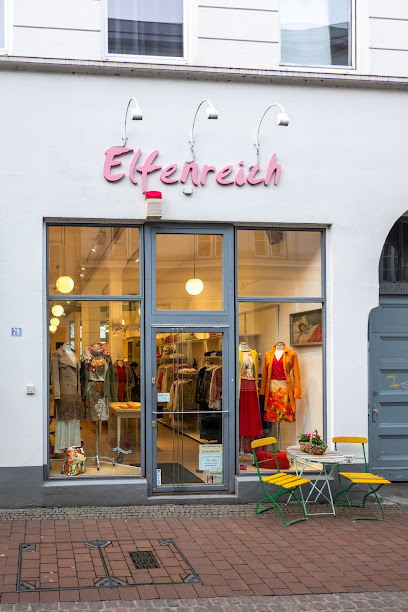
Neue Liebe
Explore unique fashion at Neue Liebe in Lübeck, where contemporary styles meet local craftsmanship, perfect for your stylish souvenirs.
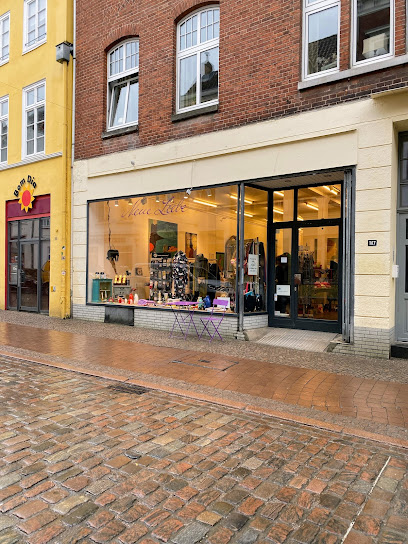
HERZENSWUNSCH concept store
Explore HERZENSWUNSCH concept store in Lübeck for unique, handcrafted treasures that reflect local artistry and culture.
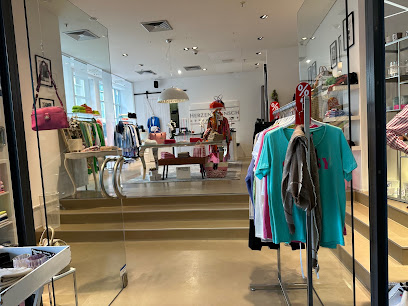
Lübeck Fashion
Explore Lübeck Fashion for unique clothing that reflects the local style and creativity in the charming city of Lübeck.
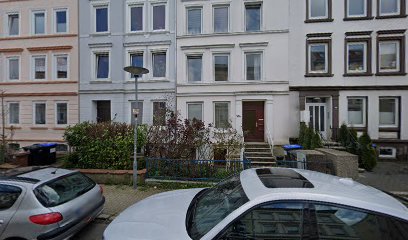
Essential bars & hidden hideouts
Dietrich's Bar - Luebeck
Experience the vibrant nightlife of Lübeck at Dietrich's Bar, where cozy ambiance and exceptional drinks await you.
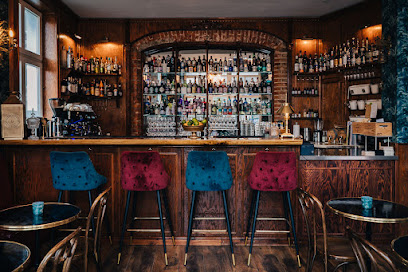
Time Out | Sportsbar • Restaurant • Cocktails
Enjoy a lively dining experience at Time Out Sportsbar in Lübeck, where great food, refreshing cocktails, and live sports come together.
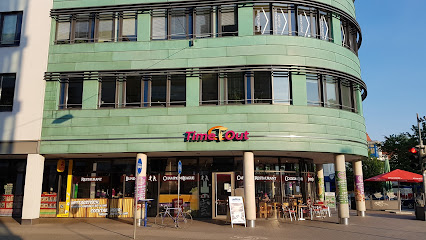
Blauer Engel - Lübeck
Discover the vibrant atmosphere of Blauer Engel in Lübeck, a cozy pub perfect for unwinding after exploring the city's historic treasures.
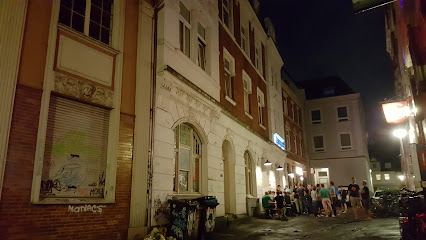
Tonfink - Kulturcafé & Bar - Lübeck
Experience the vibrant culture of Lübeck at Tonfink, a lively bar and café featuring live music, delicious drinks, and a welcoming atmosphere.
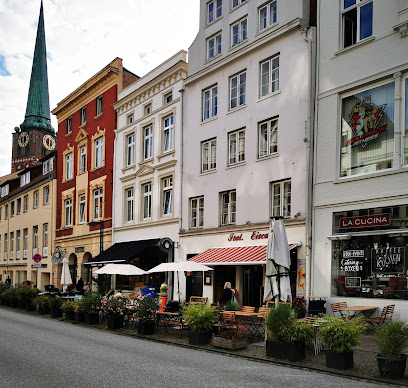
Sternschnuppe Lübeck
Discover the vibrant nightlife of Lübeck at Sternschnuppe, a cozy bar offering a diverse drink selection in the heart of the historic city.
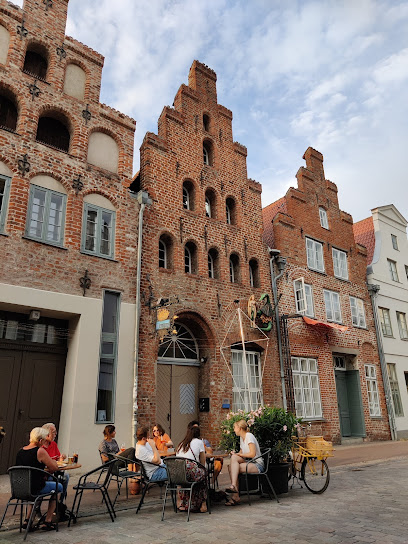
Torrio's - American Bar
Experience the lively spirit of America in Lübeck at Torrio's, where great drinks and delicious American cuisine come together in a vibrant atmosphere.

Roberts Kneipe - Lübeck
Experience the authentic taste of Lübeck at Roberts Kneipe, a cozy pub offering local brews and hearty meals in a historic setting.
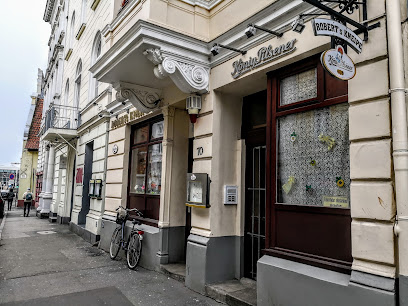
Bierbar Uhu
Experience the vibrant atmosphere and wide selection of beers at Bierbar Uhu, a cozy bar in the heart of Lübeck, perfect for unwinding after a day of exploration.
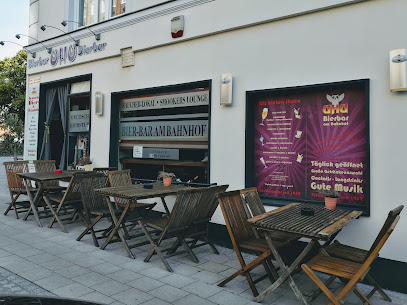
La Havanna
Discover the vibrant flavors of Cuba at La Havanna, a lively bar and restaurant in Lübeck offering authentic cuisine and cocktails.
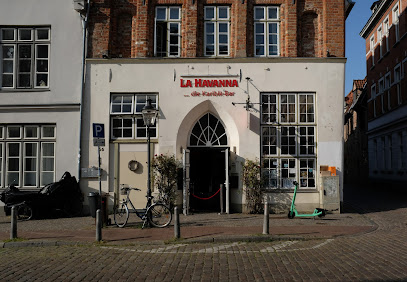
Zum Roten Löwen Pub/Bar - Lübeck
Discover the warm and inviting atmosphere of Zum Roten Löwen Pub/Bar in Lübeck, where local culture and friendly vibes await you.
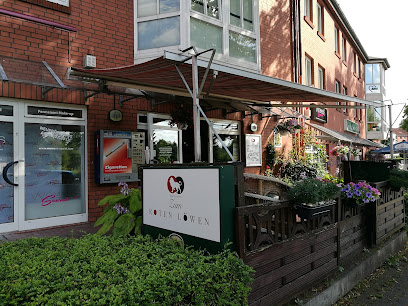
Local Phrases
-
- HelloHallo
[hah-loh] - GoodbyeAuf Wiedersehen
[owf vee-der-zay-en] - YesJa
[yah] - NoNein
[nine] - Please/You're welcomeBitte
[bih-teh] - Thank youDanke
[dahn-keh] - Excuse me/SorryEntschuldigung
[ent-shool-dee-goong] - How are you?Wie geht es Ihnen?
[vee gayt es ee-nen] - Fine. And you?Gut. Und Ihnen?
[goot oond ee-nen] - Do you speak English?Sprechen Sie Englisch?
[shpre-khen zee eng-leesh] - I don't understandIch verstehe nicht
[ikh fer-shteh-eh nikht]
- HelloHallo
-
- I'd like to see the menu, pleaseIch würde gerne die Speisekarte sehen, bitte
[ikh vur-deh geh-ren-eh dee shpey-ze-kahr-teh zeh-en, bih-teh] - I don't eat meatIch esse kein Fleisch
[ikh ess-eh kine fly-sh] - Cheers!Prost!
[prohst] - I would like to pay, pleaseIch möchte bitte zahlen
[ikh merkhte bih-teh tsah-len]
- I'd like to see the menu, pleaseIch würde gerne die Speisekarte sehen, bitte
-
- Help!Hilfe!
[hil-feh] - Go away!Geh weg!
[geh vehg] - Call the Police!Rufen Sie die Polizei!
[roo-fen zee dee poh-lee-tsai] - Call a doctor!Rufen Sie einen Arzt!
[roo-fen zee i-nen artsht] - I'm lostIch habe mich verirrt
[ikh hah-beh mikh feh-rihrt] - I'm illIch bin krank
[ikh bin krunk]
- Help!Hilfe!
-
- I'd like to buy...Ich würde gerne kaufen...
[ikh vur-deh geh-ren-eh kow-fen] - I'm just lookingIch schaue nur
[ikh shou-eh noor] - How much is it?Wie viel kostet es?
[vee feel koh-stet es] - That's too expensiveDas ist zu teuer
[dahs ist tsoy toy-er] - Can you lower the price?Können Sie den Preis senken?
[kuh-nen zee den preys zehn-ken]
- I'd like to buy...Ich würde gerne kaufen...
-
- What time is it?Wie spät ist es?
[vee shpet ist es] - It's one o'clockEs ist ein Uhr
[es ist iyn oor] - Half past (10)Halb (zehn)
[halb (tsayn)] - MorningMorgen
[mor-gen] - AfternoonNachmittag
[nahkh-mit-tahg] - EveningAbend
[ah-bent] - YesterdayGestern
[ges-tern] - TodayHeute
[hoi-teh] - TomorrowMorgen
[mor-gen] - 1Eins
[ayns] - 2Zwei
[tsvai] - 3Drei
[dray] - 4Vier
[feer] - 5Fünf
[foonf] - 6Sechs
[zeks] - 7Sieben
[zee-ben] - 8Acht
[ahkt] - 9Neun
[noyn] - 10Zehn
[tsayn]
- What time is it?Wie spät ist es?
-
- Where's a/the...?Wo ist ein/der...?
[voh ist iyn/dehr] - What's the address?Was ist die Adresse?
[vahs ist dee ah-dreh-seh] - Can you show me (on the map)?Können Sie mir zeigen (auf der Karte)?
[kuh-nen zee meer tsai-gen (ouf dehr kar-teh)] - When's the next (bus)?Wann kommt der nächste (Bus)?
[vahn kommt dehr neh-khs-teh (boos)] - A ticket (to ....)Eine Fahrkarte (nach ....)
[i-ne fahr-kahr-teh (nahkh)]
- Where's a/the...?Wo ist ein/der...?
History of St. Lorenz
-
St. Lorenz, one of the oldest districts in Lübeck, has roots that trace back to the early medieval period. It was initially a separate village known as 'Lorenz', established around the 12th century. This area became significant as Lübeck grew to become a major trade hub in the Hanseatic League, connecting various trade routes across the Baltic and North Sea.
-
During the 13th and 14th centuries, St. Lorenz flourished as Lübeck became a key player in the Hanseatic League, a powerful economic alliance of trading cities. The district's proximity to the city center allowed it to thrive with merchants and artisans setting up workshops and homes, contributing to the area's economic and cultural vibrancy.
-
The district is home to several notable architectural landmarks, including the St. Lorenz Church, built in the late 13th century. The church is a prime example of Brick Gothic architecture, a style that characterizes Lübeck's historical buildings. The church's towering spires and intricate brickwork reflect the city's prosperity during the medieval period.
-
In the 19th century, St. Lorenz experienced significant changes with the onset of industrialization. Factories and workshops replaced traditional homes, leading to a demographic shift as workers moved to the area for employment. This transition marked a departure from its medieval roots, but the historical essence remained embedded in the community.
-
St. Lorenz has long been known for its diverse population. Post-World War II, the neighborhood became a melting pot of cultures, with many displaced persons and immigrants settling in the area. This cultural blend has enriched the community, influencing local traditions, cuisine, and festivals that reflect a tapestry of histories.
-
In recent years, St. Lorenz has seen a revitalization of its historical sites and community spaces. Efforts to preserve its unique character include the restoration of old buildings and the promotion of local arts and crafts. The neighborhood now balances modern living with its rich historical backdrop, attracting both residents and tourists eager to explore Lübeck's vibrant past.
St. Lorenz Essentials
-
St. Lorenz is easily accessible from other neighborhoods in Lübeck. If you're arriving by train, Lübeck Hauptbahnhof (main station) is well-connected to various cities in Germany. From there, take bus line 2 or 3 towards St. Lorenz, which will take approximately 10-15 minutes. Alternatively, it's a pleasant 20-30 minute walk from the main station to St. Lorenz, allowing you to appreciate the local architecture along the way.
-
St. Lorenz is well-served by public transport, including buses and trains. Bus lines 2 and 3 run frequently throughout the neighborhood and connect to the city center and other areas. Bicycles are a popular mode of transport; there are bike rental shops available, and cycling is a great way to explore the local parks and residential areas. Walking is also a viable option, as many attractions are within a short distance.
-
St. Lorenz is considered a safe neighborhood for tourists, but standard precautions should still be taken. Avoid poorly lit areas at night and keep an eye on your belongings, especially in crowded places. Areas near the outskirts of St. Lorenz may experience higher crime rates, so it's advisable to stay vigilant and aware, particularly after dark.
-
In case of emergency, dial 112 for fire and medical assistance, and 110 for police. Local hospitals and clinics are available, with the nearest being in the city center. It’s advisable to have travel insurance covering medical emergencies. For minor health issues, pharmacies are located throughout St. Lorenz and can provide over-the-counter medications.
-
Fashion: Do dress comfortably and appropriately for the weather. Avoid overly casual attire when dining in upscale restaurants. Religion: Do respect local customs, especially when visiting churches. Public Transport: Do give up your seat for elderly passengers. Don’t engage in loud conversations or eat on public transport. Greetings: Do greet people with a friendly 'Hallo' or 'Guten Tag'. Eating & Drinking: Do try local specialties like marzipan. Don’t waste food or complain about meals, as it can be seen as disrespectful.
-
To experience St. Lorenz like a local, visit the weekly farmers' market at the St. Lorenz Church, where you can find fresh produce and local specialties. Engage with residents at local cafes and bakeries, and don’t hesitate to ask for recommendations. Take a stroll along the picturesque Trave River, which is perfect for relaxing and enjoying the scenery. Lastly, join in local festivals if your visit coincides with any, as they are a great way to immerse yourself in the community culture.
Nearby Cities to St. Lorenz
-
Things To Do in Hamburg
-
Things To Do in Rostock
-
Things To Do in Sønderborg
-
Things To Do in Bremen
-
Things To Do in Nyborg
-
Things To Do in Næstved
-
Things To Do in Odense
-
Things To Do in Slagelse
-
Things To Do in Hannover
-
Things To Do in Kolding
-
Things To Do in Køge
-
Things To Do in Ribe
-
Things To Do in Kalundborg
-
Things To Do in Roskilde
-
Things To Do in Vejle


